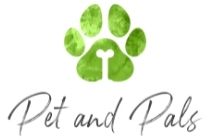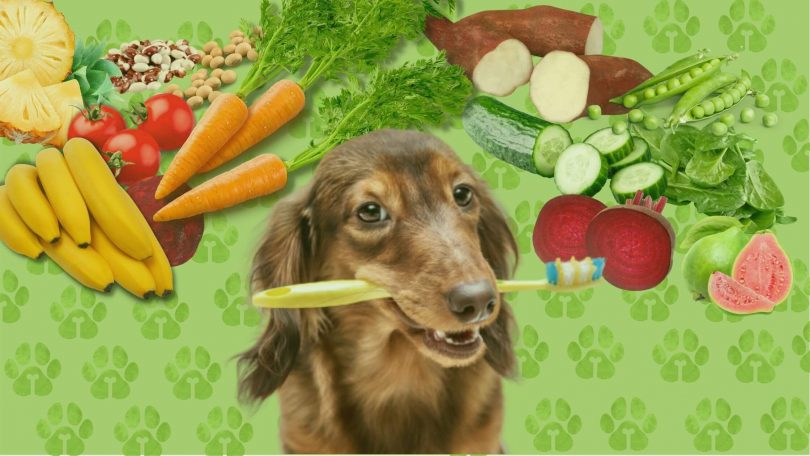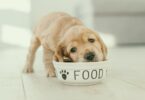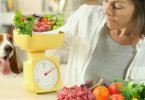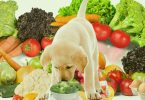Many pet owners who want to include natural dog food in their pets’ diet are unaware that they can also improve their dogs’ oral health in this way. There are several ways to make your own natural dog food at home, but for that you need to know which foods are beneficial for your furry best friend.
Oh, the wonders of a dog. When we take some time to understand how wonderfully made they are, we can be better stewards of their care. Attending to a proper diet is no less significant to help your best friend, or friends, maintain their best dental health. While we are at it, it is useful to know a few dog dental health tips to help you know what the best foods are for your dog’s dental health.
Examining what dog eating consists of
For starters, let’s talk about dog eating for a better understanding. There are arguments for and against whether dogs are true carnivores or if they are omnivores like us. The commonly accepted classification puts dogs among us humans and pigs as omnivorous creatures. That simply means we can consume a diet that includes both meats and vegetables.
Hopefully, that puts to rest the idea that your dogs should be strict vegetarians just like you if that’s what you prefer. No, it is critical to recognize how the dog’s digestive system is designed to operate. It has all to do with intestinal size, the coefficient of fermentation and the presence of genes relative to digesting starch and glucose, that is, carbs and sugar.
While you want to avoid these two items in your dog’s diet, unlike their wild cousins, dogs do have the genes necessary to process the carbs and sugars that come from fruits and vegetables. That said, you want to limit these two food elements simply because they are known to pack on the pounds. You must consider the ratio of exercise to the volume of carbs and sugar your dog might consume to have a proper understanding of how much to allow them.
Dogs land between the long digestive tracts of herbivores, such as horses and other animals that eat only plant-based foods and the shorter tracts of carnivores, such as cats that are in it for the proteins from meat.
Herbivores naturally extract the nutritional benefit of plant matter due to their high coefficient of fermentation. That just means they are better able to ferment these foods in the intestinal tract. Cats just are not equipped in this way. Dogs are right there in the middle with a shorter intestine to easily and quickly digest raw food but long enough to consume vegetable matter.
Consider it: Carnivores are known to eat other animals. Sometimes their prey has consumed vegetable matter that remains in the stomach. Carnivores can digest these stowaway materials even if they are not prone to consuming them with any regularity on their own. Taking the hint, it is helpful to know that while your dog can digest vegetable matter, these are not the preferred foodstuffs they need to be healthy.
Natural dog food
With so much dog food on the market, it can be challenging to get a grasp on what is best for different breeds and ages. In addition, the producers of these foods will tout theirs as the best diet for your dog, so how can you know? Let’s look at what makes natural dog food good for a dog’s diet.
Natural dog food, as opposed to processed dog food, means looking at the ingredients. Your dog is better off eating foods that are grown without pesticides, synthetic fertilizers, GMOs or ionizing radiation. Moreover, the animals used to provide the meat, poultry, eggs or any dairy products are better when they have not been fed growth hormones or inundated with high doses of antibiotics.
The best dog foods are organic, and the USDA identifies three categories of these products as follows:
1. 100 Percent Organic
2. Organic: At least 95 percent organic ingredients
3. Made with Organic Ingredients: A minimum of 70 percent organic ingredients with restrictions on the 30 percent of what remains
Processed foods use controversial ingredients that can harm your pups. Ingredients to watch out for and avoid are:
- Preservatives, such as BHA, BHT, TBHQ, and Ethoxyquin;
- A synthetic vitamin called Menadione;
- Artificial dyes;
- Propylene glycol and
- Generic “meat.”
Raw dog food
Just as our own salivary glands both help us digest food and reduce the growth of plaque on our teeth, raw dog food serves to provide for both the salivation and naturally occurring enzymes that help protect your dog’s teeth and gums. Typically, dogs tend to swallow more than they chew. However, they are equipped with those canine teeth needed for ripping into flesh.
Raw foods are quickly processed, so they really don’t need to chew as thoroughly as cows and horses do when eating their grain. In addition to raw meats, fruits and vegetables, raw meaty bones also help in preventing dental disease. Chewing through the meat and cartilage helps scrape away tartar and plaque buildup. Further, a raw food diet has few carbohydrates, and they don’t contain synthetic ingredients, harmful carcinogens and mutagens or other unnecessary chemical compounds that undermine the immune system.
Dog dental health tips
You can easily detect the indications that your dog’s dental health is in jeopardy. The gums are a good place to start. Check for sensitivity or signs of inflammation in an otherwise healthy dog. These can be an early sign of the start of chronic disease.
Look for plaque buildup. While this can be surgically removed, that does nothing for understanding why it is there in the first place. Besides, surgical procedures like this call for administering toxic chemicals in the anesthetic, which can stress the liver and immune system. Giving your dogs raw meaty bones gives them a way to clean their own teeth plus it keeps them busy.
Your dog is susceptible to the same damage carbs and sugars do to our own teeth. Starches and sugars feed the oral bacteria and allow them to rapidly grow and develop in the mouth. Stained teeth, plaques and tartar are not normal for dogs who are fed a raw diet. Instead, these are signs of an improper diet and the potential for chronic disease. Not only are they the harbinger of dental decay, but a darn good sign that your dog’s immune system could be suffering.
Best dog food for older small dogs
Older dogs are no less in need of a balanced diet to gain the necessary vitamins, minerals, proteins, fats and carbs. However, they tend to be less active, so portion control is paramount to avoid obesity. A slower metabolism calls for more protein and less fiber. High-quality proteins are best for digestibility, to maintain healthy, lean muscle, no change or interference with proper bowel movements and optimal nutrient absorption.
Essential fatty acids and amino acids are more important elements to include in the diet to help restore age-affected joints. A low-fat diet is essential to prevent obesity that can lead to debilitating conditions like diabetes, heart disease, joint issues or cancer. There is a wide range of dog foods designed for pups afflicted with various health conditions. There are more easily digestible ingredients such as salmon or lamb.
Soft dog food for older dogs
Older dogs tend to have specific health concerns, as well as sensitive teeth, which can make a kibble diet uncomfortable. Soft food is not only one way to avoid this, but it also means you may still have the advantage of the meats that provide the enzymes to help keep the teeth clean. Older dogs are less able to gnaw away at raw meaty bones despite how much they may want one.
An older dog that has issues with tooth decay or gingivitis may find it easier to eat soft dog food, even though this will not solve these issues. However, it is important to remember that digestion always begins in the mouth by the production of saliva. If your older dog still bolts down the food without much chewing, you may consider a food bowl with baffles that slow them down a bit. Soft foods are more easily broken down thus making them more easily digestible.
Remember when switching to a new diet to do it gradually to avoid upsetting your dog’s stomach or giving them the runs. Food allergies are detected by such symptoms as skin irritations, diarrhea, perhaps vomiting or changes in blood test results. When considering adding supplements of changing to a senior dog diet, think about all these aspects as well as consult with your vet to be sure you are taking everything into consideration.
